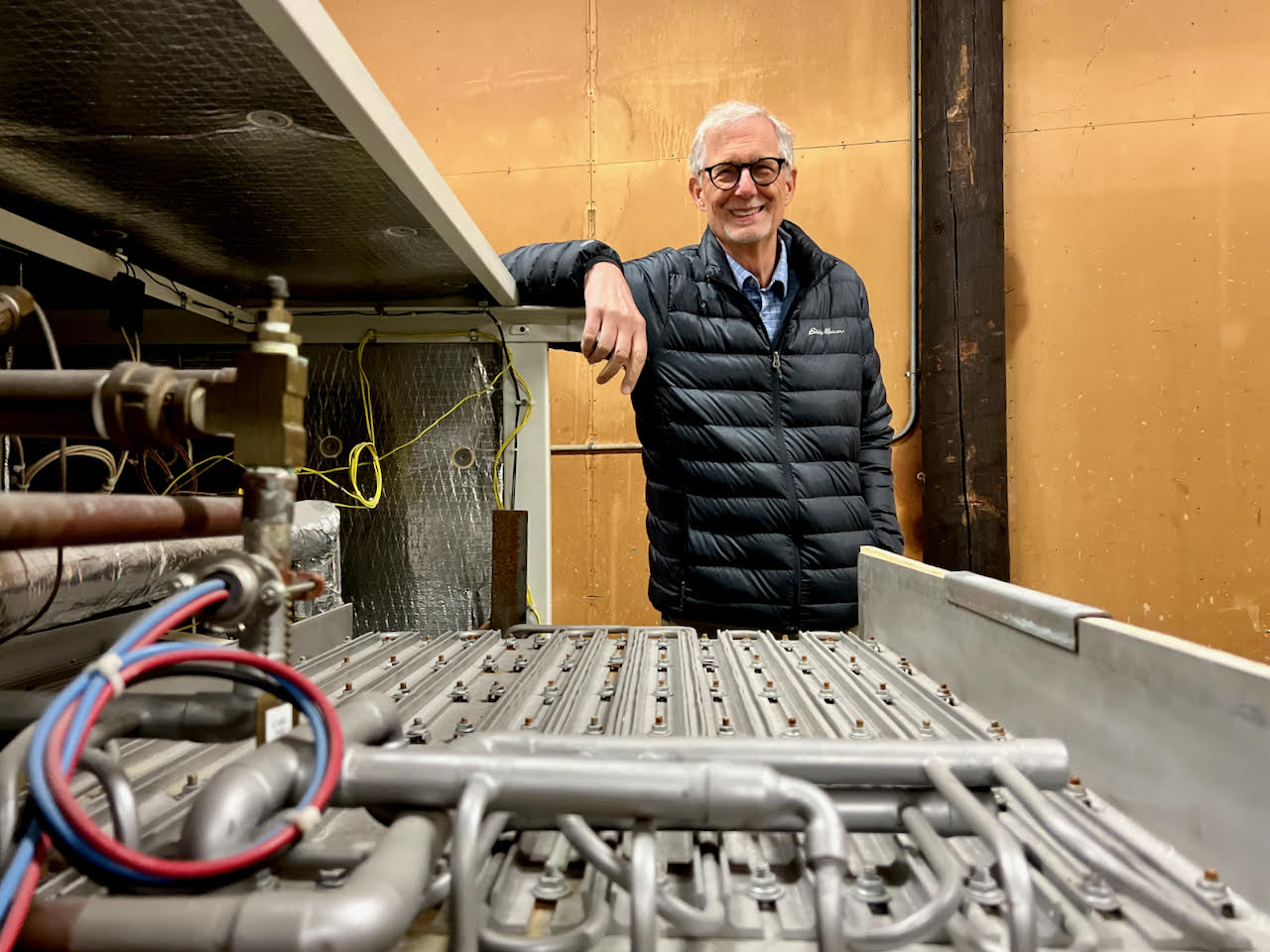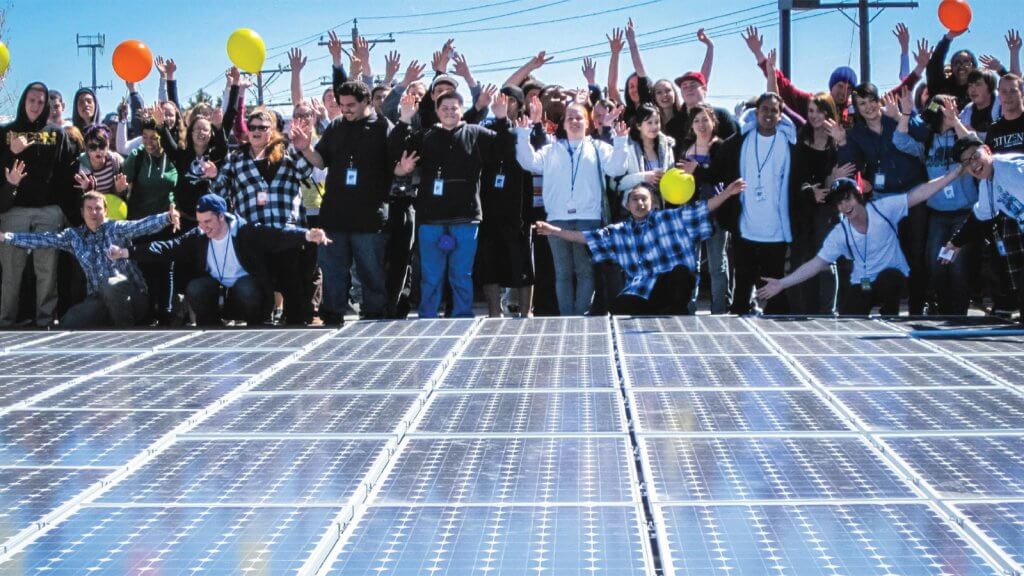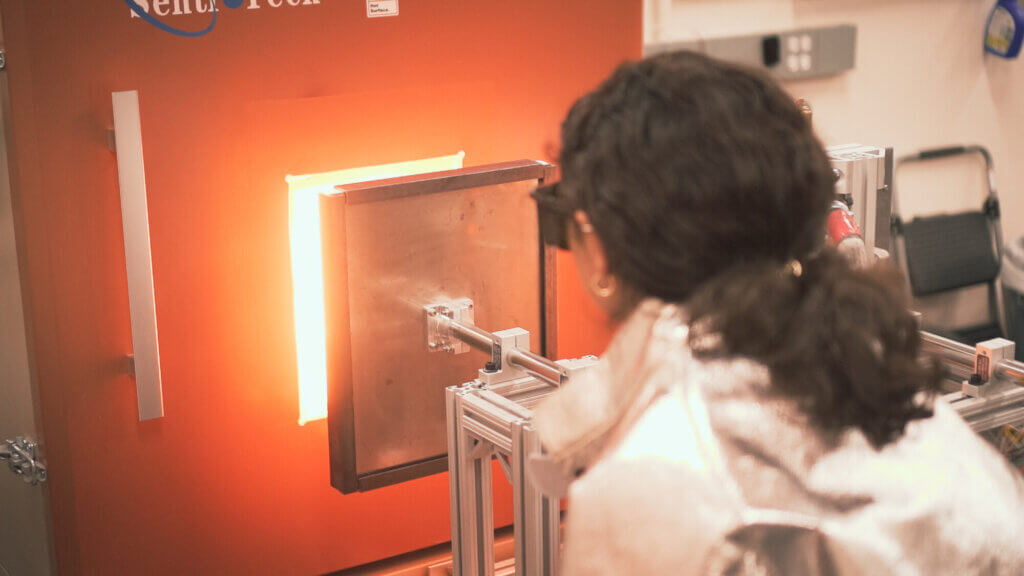
Enzinc’s Advice for Clean Energy Startups Looking to Scale with Public Funding
“Winning an award from the California Energy Commission is the ultimate stamp of approval for investors.” – Michael Burz, Founder and President Enzinc.
Enzinc is leading the charge in the pursuit of better, more sustainable battery technology. Through strategic use of public funds, the company is breaking through the limitations that have held back the use of zinc as a powerful and rechargeable battery material. What makes their innovation unique is that zinc is not only safe and nontoxic, but it is also fully recyclable and affordable for everyone. By prioritizing both innovation and accessibility, Enzinc is helping to pave the way towards a cleaner, brighter future for all.
Private v. Public
As the clean energy industry continues to grow, entrepreneurs require more funding than ever to transform their groundbreaking ideas into reality. Though initial seed investment from private investors is commonly sought after, unproven technologies and startups at an early stage are often deemed too risky by these investors. This lack of funding has hindered the progress of clean tech innovation, prompting the California Energy Commission (CEC) to establish the Electric Program Investment Charge (EPIC) program. With EPIC funds, the CEC has created an energy innovation pipeline that includes funding and programming to minimize the risks associated with new technologies and to bring clean energy solutions from the laboratory to the market.
Michael Burz, the Founder and CEO of Enzinc, a battery startup based in the Bay Area, never thought that an ARPA-E award to work with the U.S. Naval Research Laboratories (USNRL) would set him on a journey through EPIC’s burgeoning energy innovation pipeline. Several years later, Enzinc has received four out of five of California Energy Commission’s (CEC) Energy Program Investment Charge (EPIC) grants. These include the CalSEED Concept Award for $150,000, the CalSEED Prototype Award for $450,000, a CalTestBed voucher worth $292,000, and $1.8 million from the CEC’s BRIDGE program to build its pilot line. Enzinc is now ready to apply for the final grant, RAMP, which will enable them to achieve low-rate initial production.
Enzinc’s remarkable success in leveraging the CEC’s public funding pipeline to develop their zinc-based batteries can serve as a blueprint for other startups looking to follow in their footsteps. During an interview last month, we spoke with Burz to learn how Enzinc navigated the public funding sphere, and we’ve distilled his valuable insights into 5 essential pieces of advice for early-stage cleantech entrepreneurs embarking on their own journey through EPIC’s pipeline of funding.
EPIC Pipeline
Funding for the EPIC program comes from ratepayers, or anyone who pays an electric bill in California. By implementing a tiny charge on monthly bills, the CEC has accumulated funds that can be used to improve the California electric system. This could mean investing in innovative technologies like Enzinc’s new battery, or educating people on how to better manage their energy usage. The result is a cleaner, more efficient energy system that benefits everyone.
Advice #1: Get Started with Early-Stage Programs and Grants
Enzinc, like many startups, struggled to secure investment from private sources in the early stages of developing their novel battery technology. However, Burz found success after enrolling in CleanTech Open (CTO), the world’s largest accelerator program. It was through CTO that they discovered the CalSEED initiative and applied twice before being accepted into the 2019 cohort.
“When we first applied to CalSEED I don’t think that our business plan was fully developed, we were a bit too early, ” said Burz. “That kind of feedback helped us formulate a better business plan rather than just focus on the technical aspects of our innovation, which I think helped us get into the 2019 cohort.”
CalSEED, the first program in the EPIC funding pipeline, offers non-dilutive grants of up to $600k for clean energy concepts. Enzinc’s participation in both CTO and CalSEED provided them with a platform to work out the complexities of their business model, while also gaining valuable insights, mentorship, and connections from energy innovation clusters and networks.
Advice #2: Public Funding = Credibility
“Luckily, we did get angel funding at the same time that we got CalSEED funding. The attractiveness of course, was that with the CalSEED funding, it’s non-dilutive which of course helped a lot in our pitch to angel investors,” said Burz.
When a business undergoes the long process of applying for public funding it not only exhibits their determination and diligence but also endows them with a level of reliability and credibility that is highly appealing to private investors.
“We have successfully completed four out of the five stages and have used each accomplishment to gain investment and show progress,” said Burz. “The fact that we have received competitive awards from the California Energy Commission adds credibility and validation to potential investors, as it demonstrates that we have passed a rigorous evaluation process and reduces investment risk.”
Advice #3: Rinse and Repeat
To navigate the EPIC pipeline, it’s essential to understand the framework and requirements of the application process. Although you can’t copy and paste from one application to another, you can utilize your company’s narrative, technology, and funding goals to streamline the process. Instead of reinventing the wheel each time, save your templates and build from there to make the application process easier and more efficient.
Advice #4: Get Accounting and Administrative Help
While it might seem like investing in more engineers, scientists, programmers, etc., may be the best decision, in hindsight Enzinc revealed that they should have hired a program manager earlier to help with administrative and accounting tasks.
“After winning BRIDGE, we recognized the need for a program manager to help us navigate the administrative requirements that come with receiving funding from a large government body. As a small company, we were not accustomed to dealing with such paperwork-heavy processes, but we learned from our previous experience with the ARPA-E program. Compared to that, the CEC’s administrative process is less burdensome, but still requires careful attention. The program manager has been instrumental in simplifying these tasks, freeing up valuable executive time to focus on other priorities.”
Advice #5: Tap into the Ecosystem
Enzinc is a prime example of how powerful the EPIC pipeline and ecosystem can be. Thanks to the support and guidance of the CEC, they were able to create an Industry Advisory Group (IAG) that includes 14 companies – several of them multibillion-dollar global energy leaders – with a keen interest in Enzinc’s battery material. This kind of credibility is invaluable and could be the key to taking our business to the next level.
Enzinc’s Technology
Enzinc is not just a master of securing public funding, they are also revolutionizing the world of batteries with their innovative approach. Their secret weapon: zinc – a plentiful and low-cost material that has been largely overlooked by the battery industry.
For years, zinc has been a difficult material to use in batteries due to the formation of dendrites, which are like sharp, short stalactites that can damage the battery and reduce its lifespan. However, Enzinc is leveraging the USNRL’s work to create a zinc microsponge that forms unimpeded pathways for a consistent flow of electrons. This breakthrough means that zinc can finally be used as a powerful and rechargeable battery material, without the limitations of pastes or slurries.
Enzinc’s mobility and stationary batteries made with zinc boast the high energy levels of lithium, the durability and wide temperature range of lead acid, and none of the fire hazards or supply chain limitations associated with those materials. What’s more, Enzinc’s zinc batteries can be produced by lead-acid manufacturers, allowing those companies to compete with lithium battery makers at a fraction of the cost of building new lithium battery factories.
Enzinc’s Future is Electric
Enzinc has three significant projects in progress that they aim to complete by the end of 2023. The first is an electric mobility battery, and the second is a stationary energy storage battery, both of which they are developing in collaboration with industrial partners. The third project aligns with BRIDGE’s philosophy and involves constructing a pilot production line for anode manufacturing. “Currently, we are manually building these anodes, but to bring them into full-scale production, we must automate the process, ” said Burz. “Therefore, we will utilize the funding provided by BRIDGE to build out a 3000 square foot facility with an automated production line. Our goal is to demonstrate the ability to manufacture 1000 anodes per day by the end of 2023, before ramping to full rate production of 1000 per hour by the end of 2024.”
“It’s truly amazing to witness the transformation of our battery technology, from mere PowerPoint slides to a tangible, operational reality. It’s thrilling to see our concept become a practical solution,” said Burz. “Equally exciting is the fact that our testing has confirmed that our technology offers a viable alternative to both lead acid and lithium batteries. This is fantastic news for California, as it provides a more diverse range of options for energy storage. What’s even better is that zinc, the primary component of our batteries, is abundantly available worldwide, eliminating any potential supply chain complications. Plus, our battery is incredibly safe, so you can rest easy knowing that we’ve got you covered on every front.”
About CalSEED
CalSEED is funded through the CEC’s EPIC program which invests approximately $130 million annually for innovative clean energy technologies and approaches benefiting the ratepayers of California’s three largest electric investor-owned utilities. Through the CalSEED initiative $48M will be deployed to back over 150 startups in coming years CalSEED is the flagship program of New Energy Nexus.
About New Energy Nexus
New Energy Nexus is the world’s leading ecosystem of funds and accelerators supporting diverse clean energy entrepreneurs to thrive. NEX started in Silicon Valley and now runs programs in Australia, China, India, Indonesia, Nigeria, the Philippines, Singapore, Thailand, Vietnam, Uganda, and the USA. Since 2004, NEX has accelerated over 600 clean energy startups, supported over 3000 entrepreneurs, and mobilized over US$1.5 billion in investment. NEX is also one of three organizations delivering the US Department of Energy’s Lithium Bridge project to accelerate the growth of America’s lithium battery supply chain and industry. For more information, please visit newenergynexus.com

Stay Up-To-Date on Funding Opportunities!
Sign up here to hear about CalSEED and CalTestBed funding opportunities.

